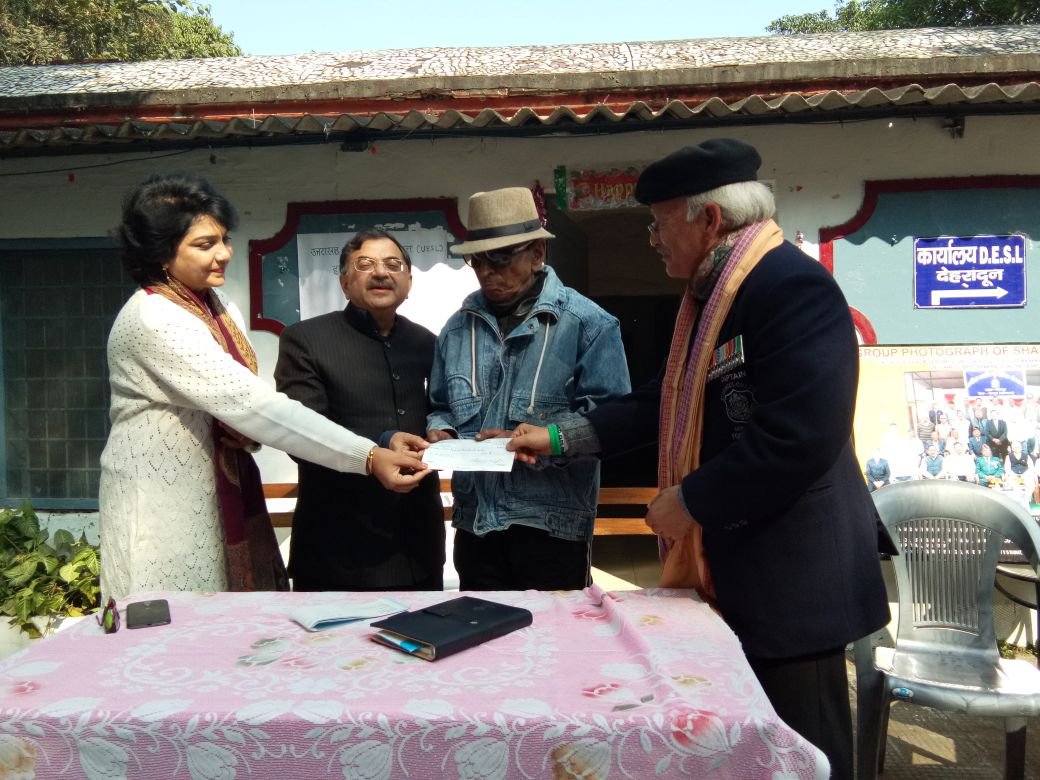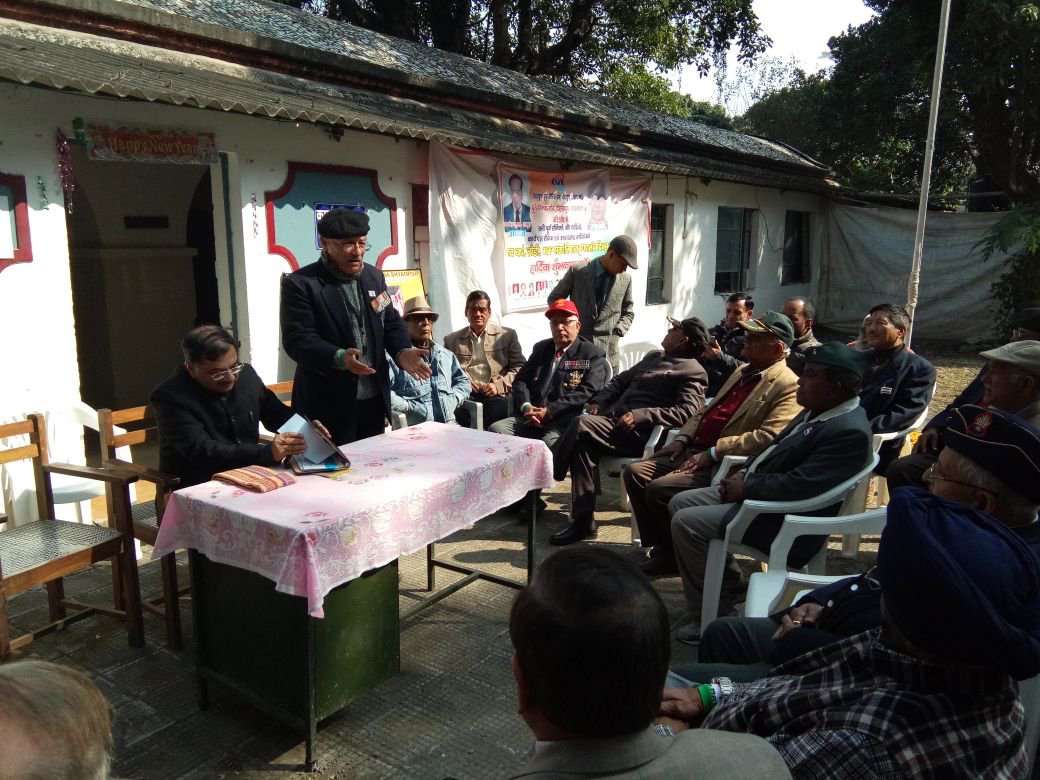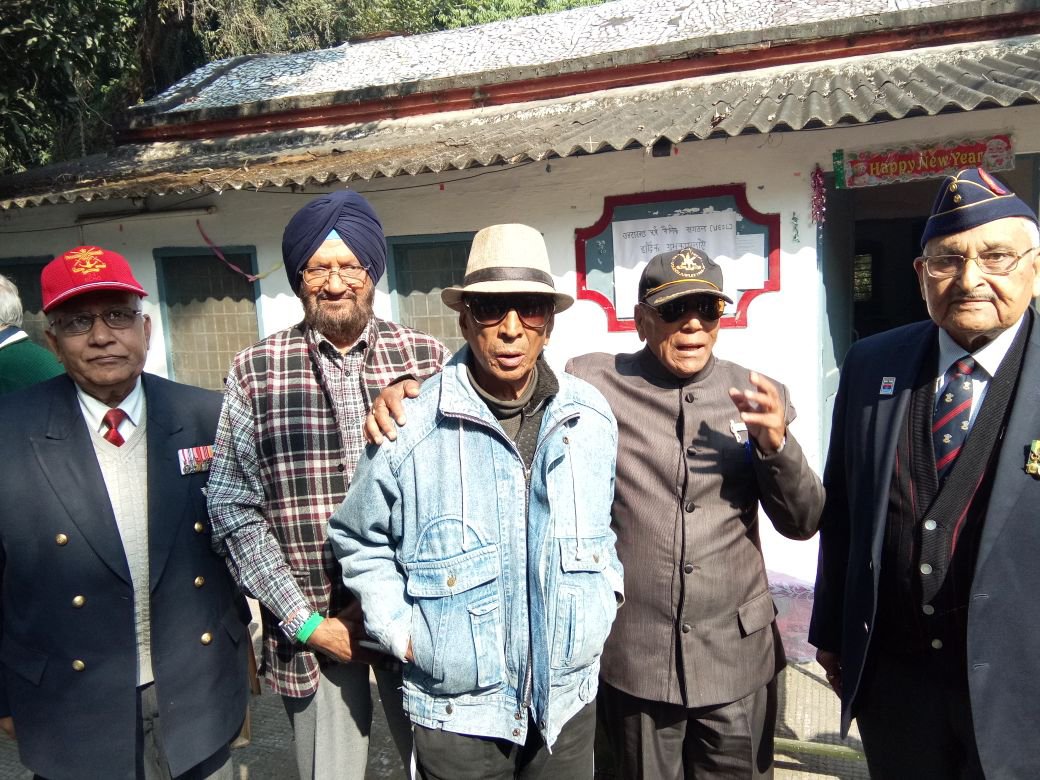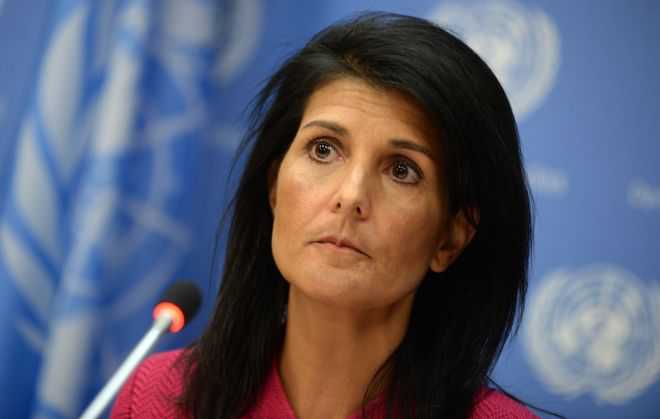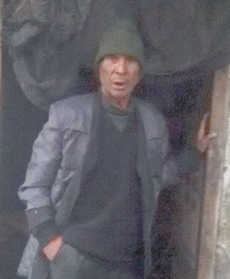
Jotirmay Thapliyal
Tribune News service
Dehradun, January 25
As the nation rejoices being a Republic, those who worked for securing its hard-earned independence are struggling to make both ends meet. A prisoner of war (PoW) and Short Service Commission (SSC) officer during the Indo-Pakistan war of 1971 Capt Vijendra Gurung is one of them.
A Doonite Capt Gurung, who resides in Johri village on the outskirts of Dehradun, works as a labourer to eke out his living and awaits help from the Army. Being an SSC officer, he does not get any pension benefits. Despite being engrossed in his daily struggle of life, Capt Gurung still remembers the torture he faced at the hands of Pakistan after being taken prisoner during the 1971 war, where he was injured in the operation. “In 1971, I was an SSC officer of the 3rd battalion of the Assam Regiment and was posted at the Chhamb Jaurian sector in Jammu and Kashmir, when the Indo Pak war broke out. During the war, my platoon of 32 jawans was outnumbered by Pakistani troops. Though I managed to take my troops to safety, I was grievously injured and was taken as prisoner,” recalls Gurung. He was released after 13 months as PoW by Pakistan and rejoined his regiment but was discharged being an SSC officer. Since then, he has been living a poverty-stricken life. He got no financial support either from the state government or the Army or any welfare organisations and was forced to work as a labourer. The only solace came from his school-day friends, who frequently contributes to meeting out his day-to-day needs. For the past four years, the friends, who are all from Military School, Chail, have made arrangements for his ration from a nearby shop in Johri village.One of his classmates, Capt Suresh Pandey, who also resides in Dehradun, was the first of Capt Gurung’s friends to come forward. “I remember Gurung of being one of the brightest students in the school. He was an excellent sportsman and would participate in all co-curricular activities,” he said, expressing concern over his pitiable condition. Another friend Bhupendra Singh has also pledged to work for his close friend.An organisation of ex-servicemen has now come to his support. Brig TS Rawat, president of the Uttarakhand chapter of ‘T Sewa’, assured him of a monthly help of Rs 10,000. National festivals like Republic Day still have significance for Capt Gurung, who stands in attention whenever he hears the National Anthem.
Captured in ‘71 war
In the 1971 Indo-Pak war, Capt Vijendra Gurung was captured by Pak forces. He was freed after 13 months of torture. He rejoined the Army but was discharged soon. Since he got no help from the state government or Army, he has been working as a labourer to eke out his living.
MORE INPUTS FROM VETERANS





















































